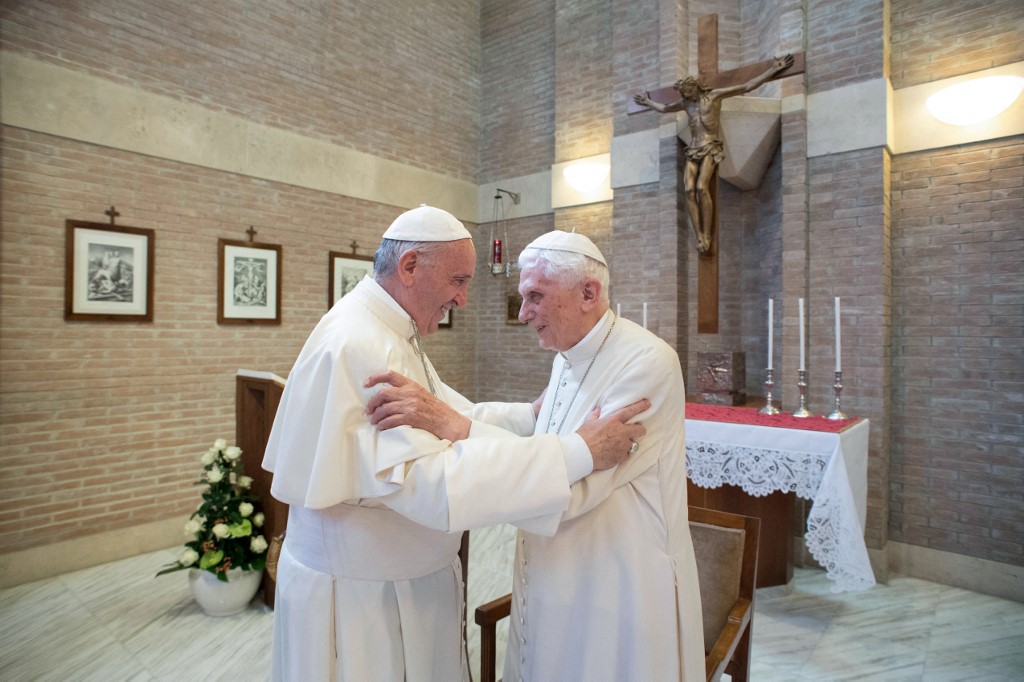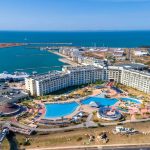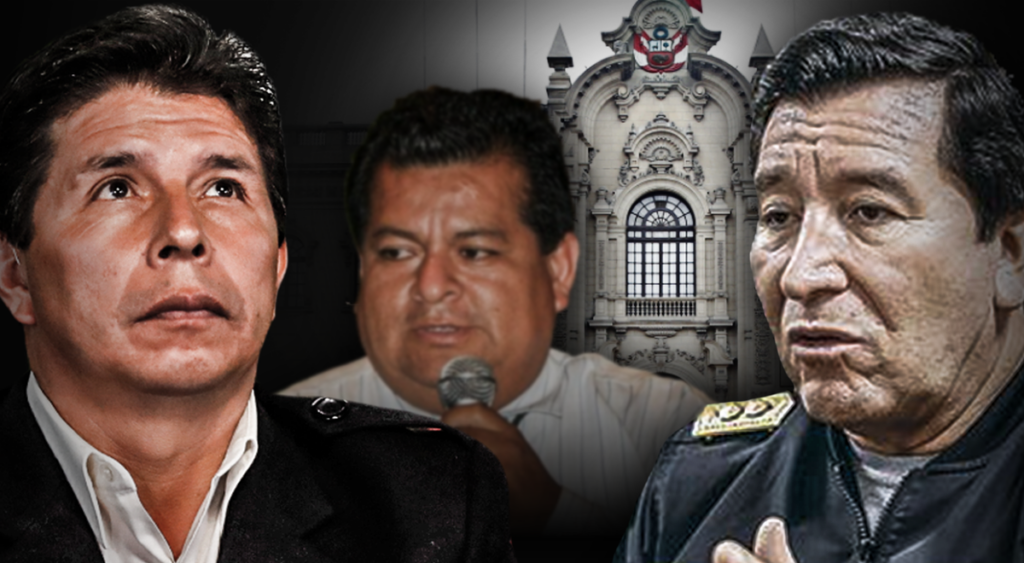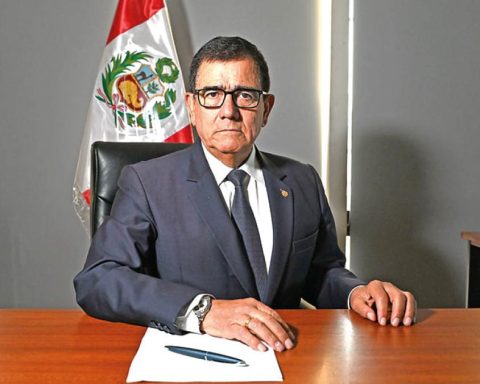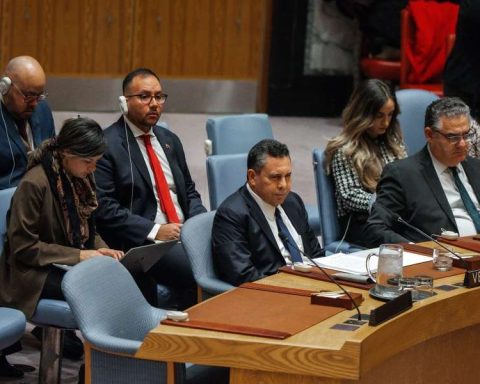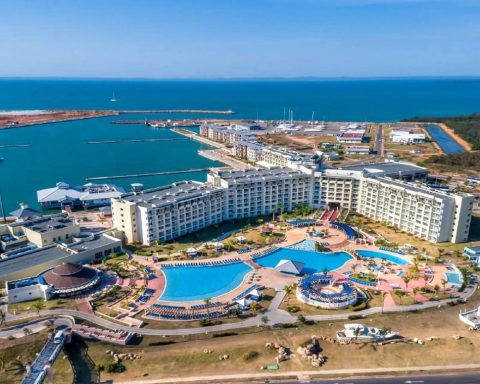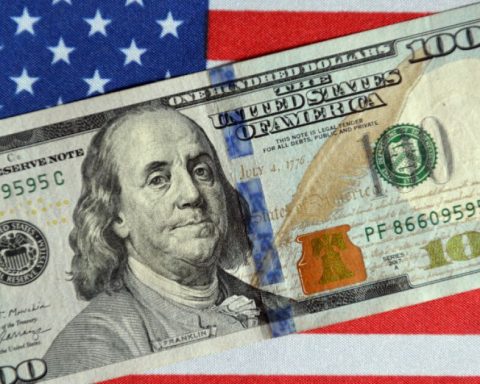The east and south of the country experienced a rise in temperatures today as the storm abated, while another cold front reached the west coast with snow and rain, the national weather service (NWS) reported.
The NWS forecast for today minimums of 17°C below zero in the extreme northeast of the country, 8°C below zero in the Great Lakes and 5°C below zero in some areas of the east coast.
COLLAPSE IN THE SKIES
Despite the end of Elliot, the air case continues in the United States a few days before another holiday, New Year’s: This Tuesday, more than 3,000 flights have been canceled, according to the Flight Aware portal, which has left thousands on the ground of passengers who planned to travel during the holidays.
The most affected are the users of the Southwest airline, which is responsible for 63% of cancellations and whose telephone service lines are saturated.
Lyn Montgomery, president of a Southwest flight attendant union, explained to CNN that there are “not enough staff for programming changes,” which has led to “a domino effect that is creating chaos across the country.”
Related note: The “snowstorm of the century” leaves almost 50 dead in the US
Bob Jordan, CEO of this Dallas, Texas-based company, told The Wall Street Journal that they expect more cancellations and delays in the coming days.
The air chaos in the United States began on the 22nd with the arrival of the storm, which then caused the cancellation of 20% of operations on Christmas Eve, when thousands of people expected to reunite with their families.
The storm’s reach has been almost unprecedented, with frigid temperatures stretching from the Great Lakes near Canada to the Rio Grande (also called the Rio Grande) along the Mexican border.
More than 200 million Americans, about 60% of the population, have faced some type of winter weather warning.
Hurricane-force winds and heavy snowfall from Elliot impacted the power grid in several states, knocking out power to nearly 1.7 million homes and businesses at the peak of the storm, though virtually all power has now been restored.
However, some 200,000 users lost power today in the states of Oregon, Washington and California due to a new front that is impacting the west coast.
NEW YORK TRIES TO RECOVER
According to local media, the storm has left more than 50 dead from the cold and accidents, a good part of them in the Buffalo area, in the northwest of the state of New York, where the president of the United States, Joe Biden, declared the state of emergency.
The New York Governor, Kathy Hochul, reported today that several highways in the most affected area were reopened, as well as the border crossings with Canada.
Work is also continuing to reopen the remaining roads in Erie County, home to Buffalo, which has recorded 28 of the 50 deaths nationwide. The bodies were found in vehicles, in houses and on the street.
It had been decades since this city, bordering Canada and used to cold, had not experienced such a harsh winter. Buffalo was completely collapsed by snow and its airport, which provides coverage to the famous Niagara Falls, remains closed.
Also read: ‘Polar bomb’ in the US: they track Paraguayans
“With the reopening of the main highways in western New York today, we are leaving the storm behind us,” said the governor before warning that this does not mean “we can lower our guard.”
For his part, Marc Poloncarz, Erie’s top political officer, said that many people who had taken refuge in shelters are already returning to their homes and also assured that there is no shortage of products in stores.
Biden last night ordered the federal Administration to coordinate the actions that are necessary to “alleviate the adversity and suffering” caused by the storm in New York.
The president had appeared last week to warn Americans to take the storm “extremely seriously” and follow the recommendations of the authorities.
These holidays were the coldest in 40 years in the eastern half of the country, including Florida, known as “the sunshine state.”
New York City experienced a minimum temperature of 10.5 °C below zero on Christmas Day, something not seen since 1872. Washington, the US capital, was at 10 °C below zero, the coldest Christmas since 1983, and Thermometers in Tampa, Florida, dropped below zero degrees, something that had not happened since 1966.
